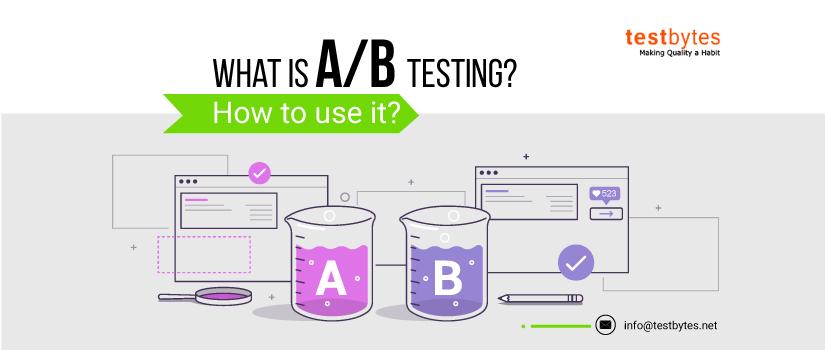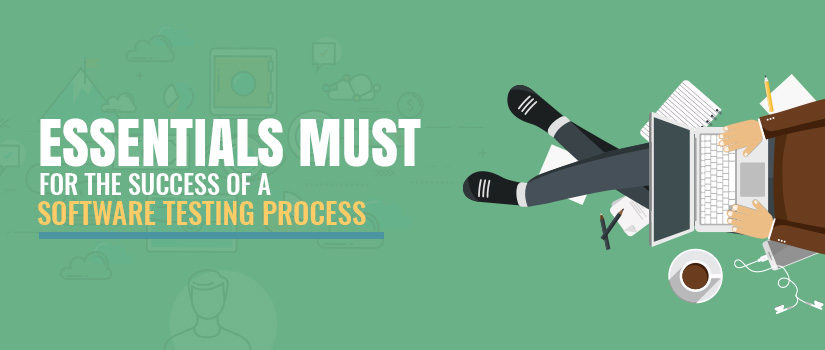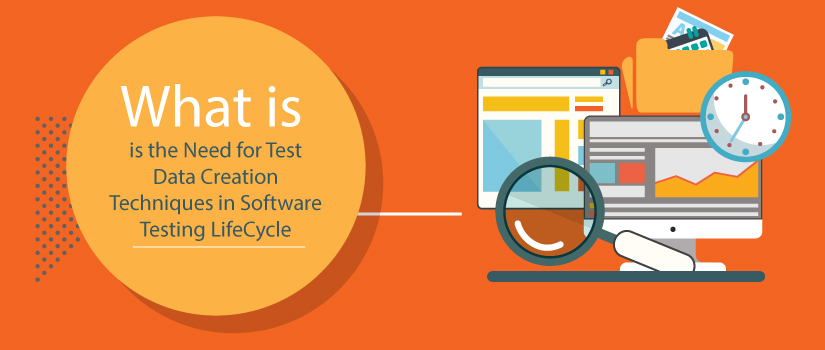Websites and apps with high conversion rates have something unique in them. This uniqueness is nothing but the optimal distribution of attributes that pull the visitors and convert them to customers. To achieve this balance, the company or the developers have to hypothesize different scenario and design the attributes accordingly. The process has the name A/B testing
However, how do you compare between two versions of the same website? How do you know that the painstaking efforts in changing the attributes, here and there, have really led to higher conversion rate? You can rely on A/B testing for all these.
What is Open Source A/B testing Software?

The essence of A/B testing is like testing a copy of a page or app with the B copy of it. It is also known as bucket testing, since you split the page or app into two with different attributes and then experiment with them for their relative efficacy in achieving higher conversion rate.
Why should you do A/B Testing?
1) Trial and error
With open source A/B testing software you have the ability to test the performance of your website or application with two different attributes. Let us say you made a landing page of a website and now want to see if changing some attribute like colour, font or anything else will make some difference in terms of user satisfaction and conversion rate.
To see that you need to change the attribute that you think may make a difference and use the A/B testing open source software to experiment with the traffic and conversion rate in each version of the page. Such trial and error to arrive at the best product is possible with the help of A/B testing open source software.
2) Data integrity
If you are using third party analytical services like Google Analytics or Adobe Analytics your data integrity may be lost. You need to handover your business critical sensitive data to these third party analytic firms. With A/B testing open source software you need not lose hold of your data. So data integrity is maintained.
3) Customized User Interface
For conducting different tests, you need a user interface that is customized for attributes specific to your business goals and needs. With A/B testing open source software, you are able to not only experiment with pages and apps, but also have the results of the split test reflected in a user friendly interface.
4) Real Time Result
Experiments with any A/B testing open source software can get real time results, and this helps the organisation in minimizing the time required in experimentation.
5) Selecting the most suitable Open Source A/B Testing Software
A very important aspect of selecting an A/B testing software is to see that it integrates with a variety of renowned content providers. This will ensure good content for your site and if your goal is better conversion rate then, the software must also have a feature of tracking revenues, sign ups, conversion rates etc. Another important aspect to note is the unlimited undo which will help in fixing mistakes.
How To do A/B testing?
Shockingly, numerous marketers are as yet doing unplanned tests without keeping clear objectives and regulations at the top of their priority list.
They don’t consider a definitive motivation behind the content before playing out and at last, they don’t notice any growth.

Keep in mind what works for your competitor, may not generally work for you! You must never aimlessly follow the success of other marketers without testing it on your individual platform first.
When you direct A/B testing, firstly, answer sensibly every below-listed question prior to starting in the accurate pattern.
What is my objective; boost conversions to the website or more signups or to increase income?
How am I going to assess results subsequent to actualizing A/B testing?
What things will I alter or enhance after this testing?
Did the real results coordinate with my assumed objectives?
Subsequent to deciding your primary objectives, the following level is choosing what components ought to be tested keeping in mind the goal to boost your conversions.
A conversion is another approach of saying the number of individuals who achieved your objective.
Now, after all this, you can start by establishing your A/B testing for your social media campaign.
Remember the given crucial tips to successfully execute A/B Testing for your social media campaigns.
For what A/B testing is used for?
- Email campaigns
- Individual emails
- Website design
- Multimedia marketing strategies
- Paid internet advertising
- Newsletters
How A/B Testing works?
- Have an idea about what to test from the initial stage itself
- Make two version of the update that’s about to be implemented. Or a new product
- Subject it to customer review
- Have a clear idea about how the website /competitor product is performing
- Choose the correct tool to analyse the traffic change and user behavior
- In your testing program create variation based on hypothesis
- And wait for the response.
- Make sure that you have a clear idea about the results you are looking for
- Tests needs to be carried over simultaneously
Process involved in A/B Testing
- Identify the real problem that you are experiencing, no conversions is can’t be considered as a real problem. Emphasis should be one of the multiple problems that’s preventing conversions
- Find out what’s relevant for the user by analyzing user data
- Develop a hypothesis to test
- Run A/B test with various versions of the page or the software
- Once the test is over analyse the results to find out what worked and what not
- If an option wins in the test, again, test it against other options which are equally successful.
A/B testing your social media Campaign
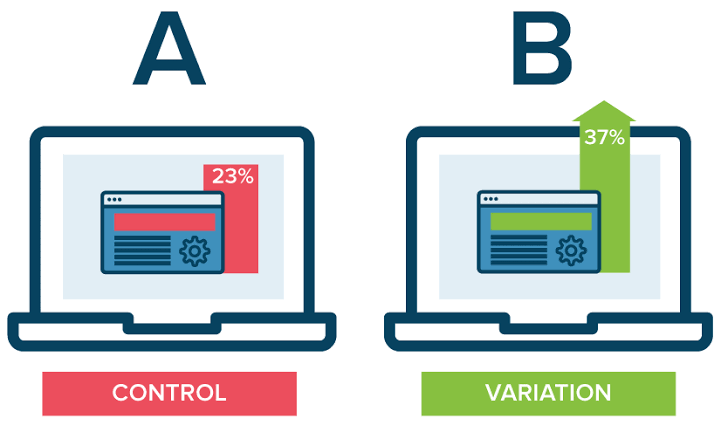
The more conscious and centered you are about each progression of your testing, the steadier your discoveries will be.
As already said, the initial step is to decide the objective of the test. It may be to increment average sales per client, get more repeat buys or grow conversion rates.
You ought to likewise have an objective for the outcomes you need to accomplish. You know where you are currently, so you have to set an objective for where you need to be.
Also, one must invest in the right tools. There is a lot of A/B testing tools accessible that will assist you in setting up, running and assessing tests.
Make certain to look into a few alternatives to locate the one that best obliges your social media needs. It’s a little yet great investment which will eventually upgrade your net revenues.
- Discover Your Target Audience
Prior to beginning a social media campaign, you need to become acquainted with your targeted audience.
This procedure for testing is one of a kind, in that you will not be changing the real content of the social media campaign.
Rather, you will demonstrate a similar post or ads to different sections to observe which one will respond best.
When testing Facebook advertisements, for example, you will, for the most part, need to fragment by area, gender, age, platform, device, or interests.
- Strategize With Certainty
A/B testing is possibly the most effortless path for the marketers to advance their online business through social media platform for more conversion.
With the assistance of this philosophy, you can undoubtedly wipe out the mystery and take steps that give results through increased conversion rates and search ranking.
Utilizing this strategy, you can attempt and test variations to your web pages against the present plan and execute those that give the high-grade results.
By estimating the effect of the variation, you need to present on your social media page, you can settle on an educated choice and guarantee that it will deliver positive results. Basically, it can have a major effect on the viability of conversion rates and your business site.
Landing pages are a key component we test to check paid and organic execution.
An essential best practice here is that when you know which post copy and image perform best, you should develop your landing page depending on them.
At that point, there is conversion testing.
Tools make it simple to set up modifications of your landing page.
These can go from slight changes, for example, CTA buttons to totally extraordinary styles.
In the last situation, every variant will be checked on half of your users. Following parameters empower you to detect customer engagement with every change – and which accomplishes your objectives best.
Remember that the more components you include, the more post variations you should make and the all the more tracking codes you should control.
One fundamental yet crucial test you can do – with different variations of your messaging copy.
By utilizing both engagement and performance estimations, you will have the capacity to rapidly make sense of which copy setting accomplishes the best outcomes.
Obviously, this relies upon the objectives behind your post e.g. engagement, traffic, conversation etc. It is suggested that you leave a couple of days between posts, however, attempt to put them out at the same time.
Also, it’s a smart idea to keep alternate components, for example, the picture same in each test. Furthermore, make sure to modify your tracking codes for every version.
- Drive Your Test Minimum For a Week
Make a point to run your idea of A/B test for no less than seven days. But in case that you are testing a low activity page, you may need to wait for a couple of more weeks and considerably more, to acquire results with the statistical importance.
A standout among-st the most imperative things to remember when performing an A/B test is to dependably wait till your outcomes are factually notable.
Such as deciding the time length to run an A/B test, waiting for the factually important number of visitors ought to be based off your certainty interim.
Pictures are another great component to A/B test. Symbolism is crucial on social media platforms where posts must emerge to get a valuable attention of the users. Here too you should utilize differentiated tracking codes.
By utilizing the analytics tools, you will get assistance on verifying which particular territories of your social media content you ought to A/B test. For a more granular understanding, you could utilize a heat map to discover how clients are or are not utilizing your marketing initiative to get a strong beginning stage.
You may have many A/B testing plans as the main priority, however, instead of wasting your time attempting all of them, get your customers included.
Invite them to take a survey about their experience with the page and distinguish objects in the conversion process that they discovered inadmissible or confusing.
Other than this, you can likewise take a look at the chat transcripts and connect with your sales and customer support group to discover the regular inquiries and reviews that the audience has.
This will enable you to recognize A/B tests that may be the most essential to actualize.
- Interpret Adequacy & Repeat
Apparently, the most vital component of the test procedure is to check the effectiveness of the A/B testing.
As it empowers you to apply what you have determined from the test results keeping in mind the goal to roll out positive improvements.
The work of A/B tester is never concluded. Eventually, user choices change after some time, and you will need to keep your posts new and that locks in.

Despite the fact that you had arrived on an awesome setup for your social media content, you may need to extend your innovative models and take a stab at something new.
Once the winning post has been discovered, it is best to keep distributing that variety. Nonetheless, much of the time, a testing round will rouse new ideas to be sought after through further testing.


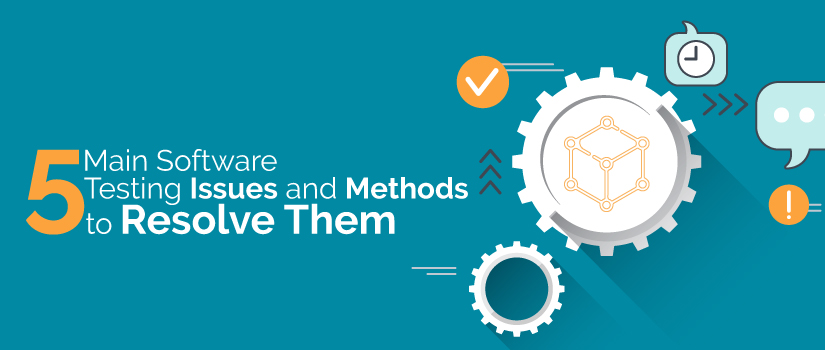
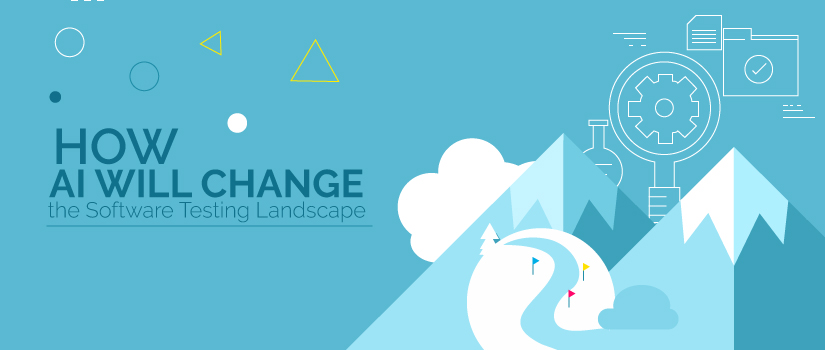

![10 Industries Where Blockchain May Cause Massive Disruption [Infographic]](https://wp.testbytes.net/wp-content/uploads/2017/10/info-ftr-img-re-1.jpg)


